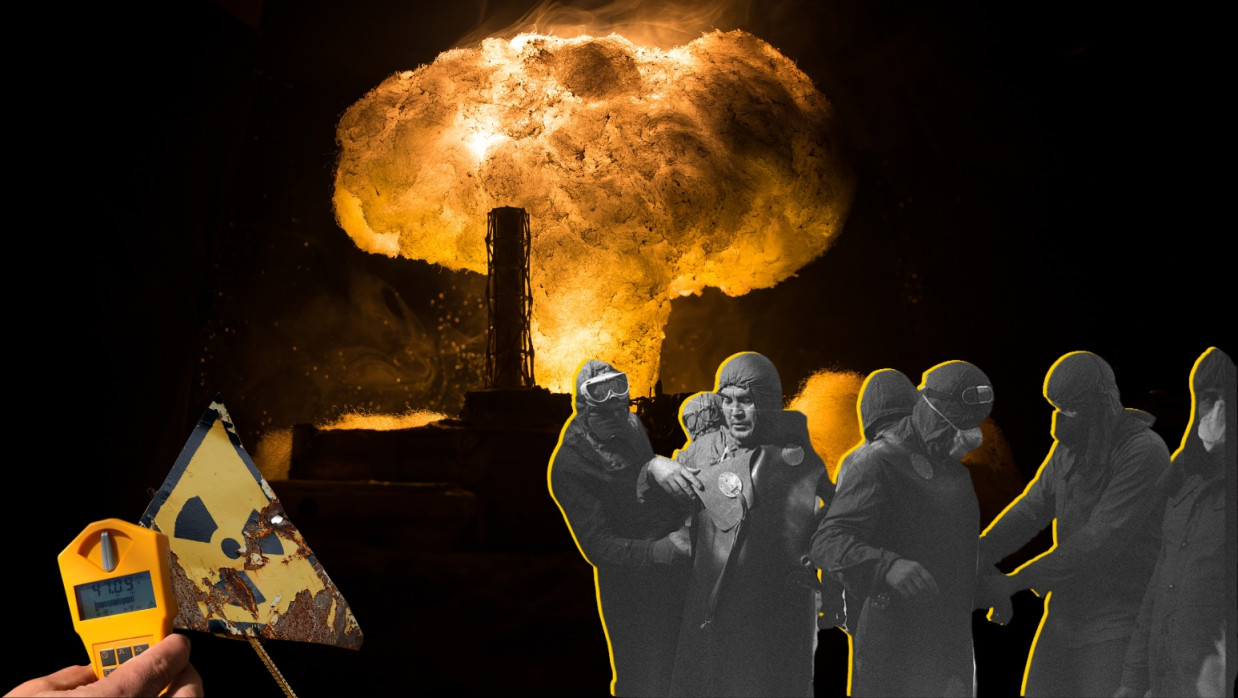
Chernobyl's Suicide Squad: The Three Men Who Saved Europe
- ২৯ অক্টোবর ২০২৫, ১০:৪১

Swedish nuclear workers detected alarming radiation levels, tracing the cloud eastward to the Soviet Union. Two days earlier, Reactor No. 4 at Chernobyl had exploded during a botched safety test, hurling radioactive debris across Europe. While the world remained in the dark, Soviet officials faced a nightmare: a potential second explosion beneath the reactor, 2–4 megatons strong, capable of rendering half of Europe uninhabitable.
The culprit was molten corium—2,000°C lava of nuclear fuel and graphite—melting through the base toward two 20,000-ton water pools. Contact would trigger a catastrophic steam blast. With days to act, the only solution was manual: drain the pools by opening submerged valves in the flooded, pitch-black, lethally radioactive basement.
Three plant workers volunteered for the suicide mission:
- Alexei Ananenko, senior mechanical engineer, knew the valve locations.
- Valery Bespalov, turbine unit engineer, navigated the section.
- Boris Baranov, shift supervisor, carried the lamp.
In wetsuits and basic gear, they waded knee-deep through radioactive water, dosimeters screaming. Guided by Baranov’s flickering light, Ananenko and Bespalov turned the corroded valves underwater. The pools drained just in time—averting disaster.
All three survived the mission. Baranov died in 2005 of heart disease; Ananenko and Bespalov worked in nuclear energy for decades despite health issues. In 2018, Ukraine awarded them the Order for Courage.
Ordinary men, extraordinary courage: Chernobyl’s “suicide squad” prevented a continental catastrophe, proving heroism often emerges from the shadows.